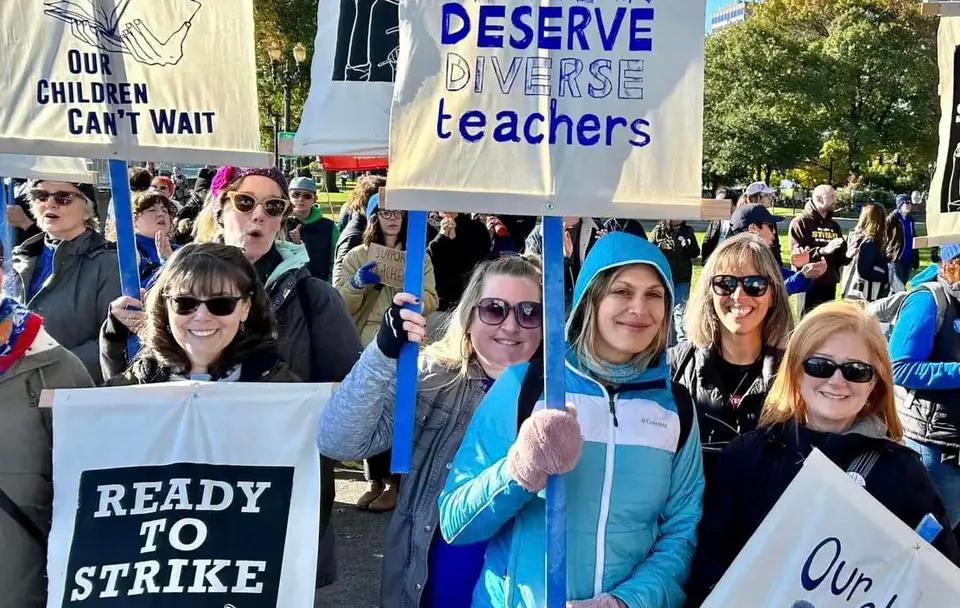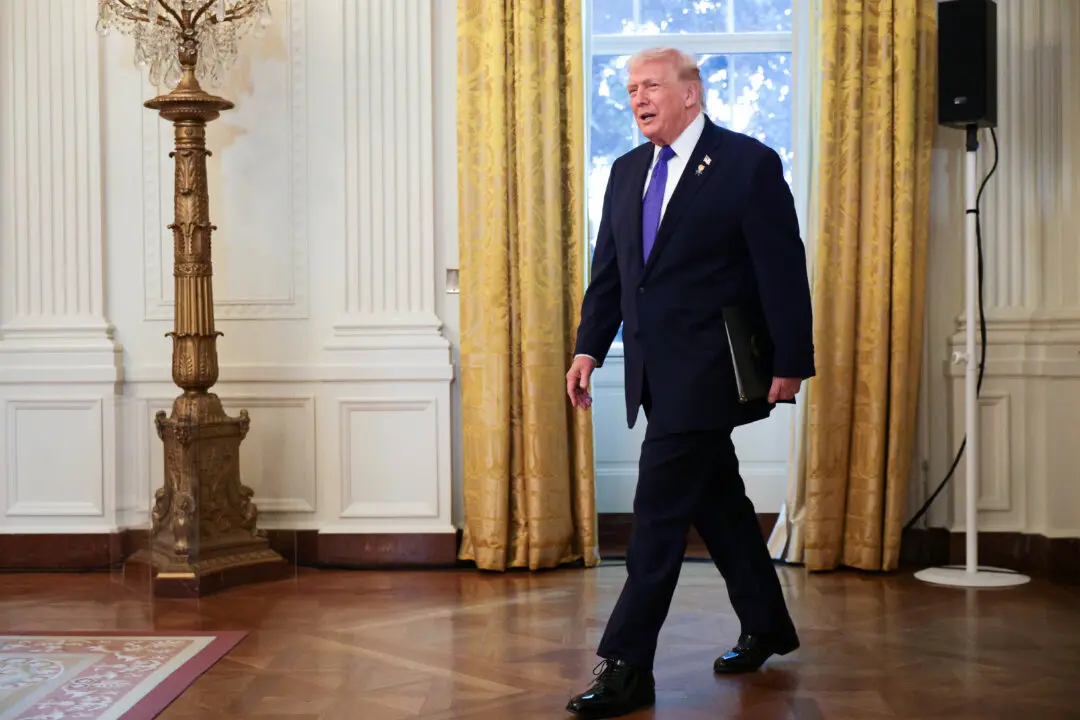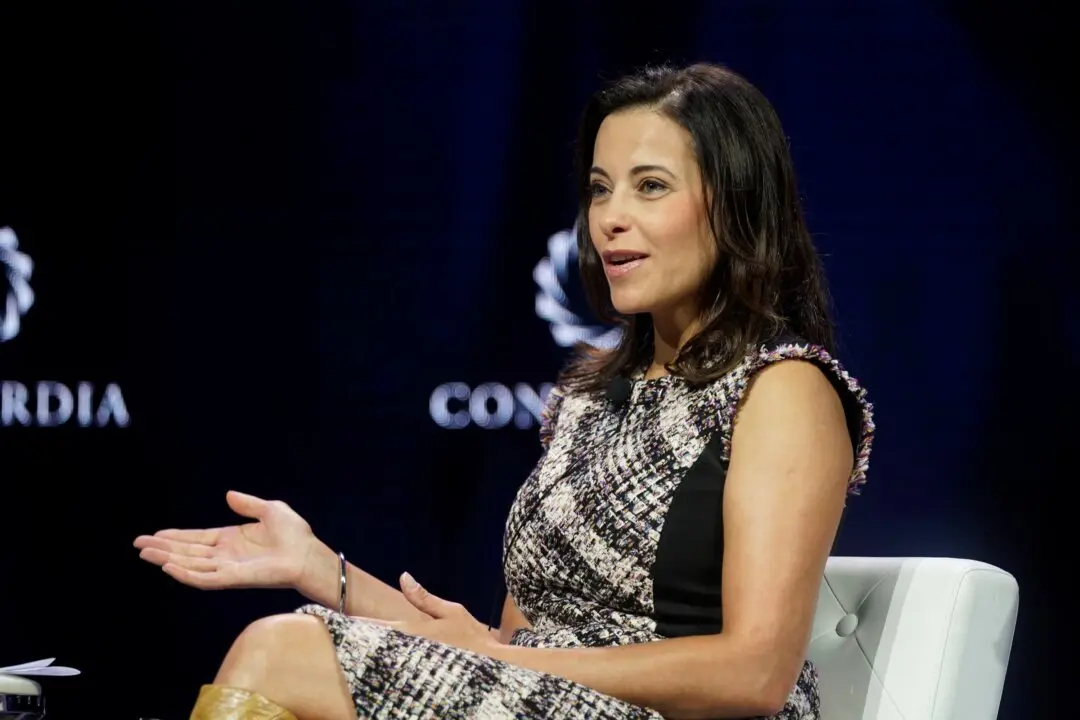A massive strike by public school teachers of Portland, Oregon, has entered its 11th day on Friday and could potentially keep the city’s 45,000 students out of classrooms for the rest of November.
The upcoming Monday and Tuesday, Nov. 21 and 22, were scheduled as days for family-teacher conferences with no school for children, followed by three Thanksgiving vacation days. This means the first possible day that students might have classes falls on Nov. 27, the Monday after Thanksgiving.





